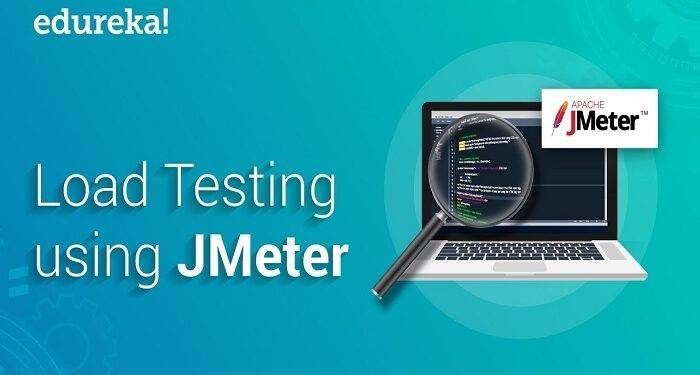If you’re looking for a web application load testing tool, you’ve probably heard of Apache JMeter. But what is this tool and how can it help you? In this article, we’ll go over the basics and give you some tips for getting started. Read on to learn more! Below are some ways to use Apache JMeter to measure the performance of your web application. This software is free to download and use.
Generally, performance testing involves evaluating the performance of your application under a variety of load conditions. Different parameters determine how a server responds to a request, including user input and the number of requests that are made to it. JMeter was developed by Stefano Mazzocchi of Apache Software, and is a Java-based desktop application. Its Swing graphical API is not platform-specific, so it can run on any operating system. You can download the latest version of Apache JMeter from the website. There are also more enhancements planned for the future.
When creating a test, choose the settings that are appropriate for your needs. You can choose the number of threads or users to simulate. Then, select the Ramp-Up Period, which should be 12 seconds, and the Loop Count, which is the number of times the test will run. For each user, choose the name of the server or IP address. Once you’ve done these settings, JMeter will run the test.
The bin folder for JMeter contains several other folders. JMeter also includes a free component called Plugins Manager, which adds functionality not included in the base tool. You’ll use the technology added via the Plugins Manager to create load tests. If you don’t use JMeter’s GUI, you can also run the tests using the command line. When running tests on the command line, you’ll need a command-line interface or a terminal.
Once you’ve downloaded the latest version of JMeter, you can set up your test. JMeter is a tool that emulates a browser. It looks like a web browser, but doesn’t actually run JavaScript or Ajax in web applications. It’s more efficient than LoadRunner, which is a highly developed framework for evaluating web applications. To create a test, you’ll need to enter the URL of your website or API. Afterward, you’ll need to specify a test plan and add the elements.
Another great feature of JMeter is that it supports various testing processes. It can simulate different types of web application and database server performance. It also supports a number of other processes, including multi-protocol and web application testing. JMeter is a free open-source tool, so it will be free of charge. If you don’t know how to use JMeter, you can use the free plugins available online.
You can configure a database connection by adding a connection pool and a JDBC driver to the web server. You can add this configuration to the Users or Control Panel element. Once you’ve done this, select the variable name you want bound to the connection pool and enter the data that you need. This data will be sent to the JDBC sampler. Once you’re satisfied with the results, save the test plan by clicking on the File menu and selecting “Save Test Plan As…”









